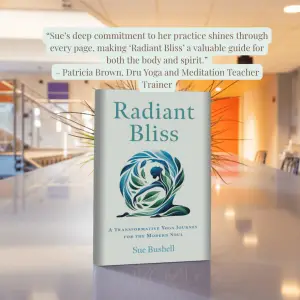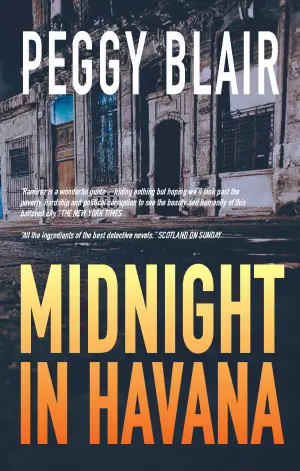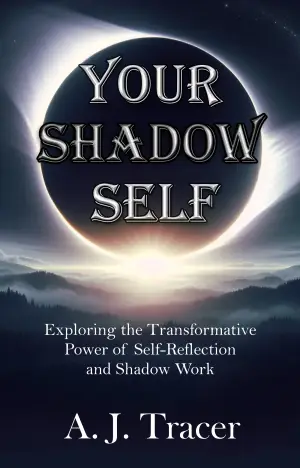Finding Myself in Holden Caulfield: A Reflection on The Catcher in the Rye
When I first picked up The Catcher in the Rye, I was a teenager marinating in a jumble of angst and confusion. J.D. Salinger’s classic felt like a mirror reflecting my own chaotic thoughts. Little did I know, this book would follow me through adulthood, changing meaning alongside my own experiences. Today, I want to explore how this seemingly simple novel is anything but—it’s a deeply human story that resonates across generations.
At its core, The Catcher in the Rye tells the story of Holden Caulfield, a disaffected teenager navigating the tumultuous waters of adolescence. The plot unfolds in a few short days as Holden wanders around New York City, grappling with feelings of alienation and loss. As I followed Holden’s journey, his cynical outlook on life spoke to me—especially during my own turbulent teenage years. I could relate to his sense of isolation, that feeling of being surrounded by people yet ultimately alone.
The themes of identity, innocence, and the struggle against the perceived phoniness of the adult world are woven seamlessly through Salinger’s writing. Holden’s passionate desire to protect the innocence of childhood manifests in his fantasy of being the “catcher in the rye,” saving children from fallibility. This perspective struck a chord with me as I pondered my own definition of adulthood and what it means to mature in a world often filled with contradictions.
What makes Salinger’s writing so powerful is his ability to capture raw emotion through a simple, conversational narrative style. The pacing is deliberate, allowing readers to sit with Holden’s turmoil, feeling every ounce of his frustration and vulnerability. I found myself chuckling at his wry humor and his quirky observations about others—like when he describes Ackley’s obsession with his unkempt grooming habits. Moments like these reveal the depth of Holden’s character; even within his bitterness, there’s an echo of childlike honesty that can’t be ignored.
One of the lines that stayed with me is when Holden muses about wanting to be that protector, saying he “wants to catch kids before they fall.” It’s a beautifully profound sentiment, reflective of the constant evolution of my understanding of youth and growth, much like my own journey from grappling with teenage disillusionment to confronting the complexities of adulthood.
As I grew older, my relationship with this book shifted. In my twenties, I dismissed Holden as a “whiny little brat,” grappling with my own pretensions and yearning for deeper literary significance. Yet, revisiting it now in my thirties, I see the beauty in his struggles—the vulnerability he showcases is something many of us can relate to at any age. It’s a reminder that life continues to change, and so do we.
If you’re a reader navigating your own feelings of uncertainty, youthful discontent, or even mid-life crisis, I wholeheartedly recommend revisiting The Catcher in the Rye. This book is not just for teens; it’s a timeless exploration of the human experience that speaks to anyone grappling with their identity and purpose. Ultimately, like Holden, we’re all trying to find our place in this ever-contradictory world, and sometimes the best way to do that is through the pages of a friend—the one who may just need to catch you when you stumble.
Revisiting Salinger’s world taught me that while we outgrow our youthful angst, the search for meaning and connection is a lifelong journey. And perhaps that’s the most poignant lesson of all.











